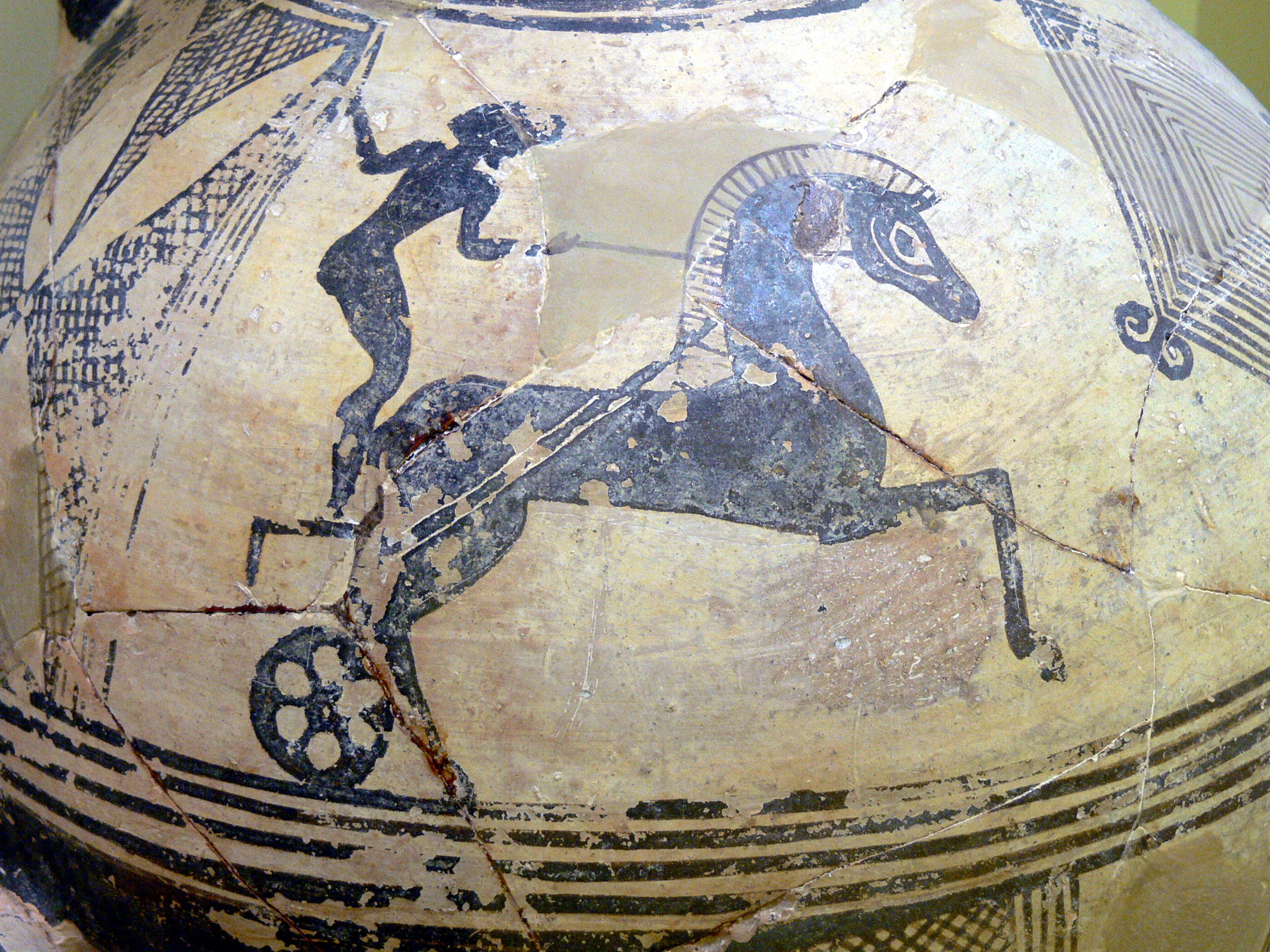|
Euryleonis
Euryleonis ( grc, Ευρυλεωνίς) (Flourished c. 370 BC, Sparta, ancient Greece) was a celebrated woman, owner of a chariot-winner of Olympic games. Euryleonis was a horse breeder from Sparta whose horse chariot won the two horse chariot races of the Ancient Olympic Games in 368 BC. She is sometimes referred to as a princess and wealthy woman. Euryleonis was only the second female stephanite (crown-bearer) in the long Olympic history. Twenty-four years earlier, her predecessor, the Spartan princess Kyniska, had won the four horse race in 396 BCE and again in 392 BCE, the first ever woman to win at the Olympics.Women's History Month: Filling In the Blanks - Warren Women could not participate in Ancient Olympic games personally and even being a viewer was under strict prohibition for them, with punishment by death. The only possibility of participating and winning for a woman was to be an owner of a chariot and horses in chariot races, because just the owner, not the driver, r ... [...More Info...] [...Related Items...] OR: [Wikipedia] [Google] [Baidu] |
Kyniska
Cynisca or Kyniska ( el, Κυνίσκα; born c. 442 BC) was a wealthy Spartan princess. She is famous for being the first woman to win at the Olympic Games, competing in the sport of chariot racing. Cynisca first entered the Olympics in 396 BC, where she won first prize competing with a team of horses she had trained herself. In 392 BC, Cynisca entered her horses in the Olympics for a second time and was awarded another victory in the same event. Etymology Cynisca's name means "female puppy" in Ancient Greek, and she was named after her grandfather Zeuxidamus, who was called ''Cyniscos''. It is possible that this name is derived from the hunting traditions of the Spartan elite, or her family's practice of raising hunting dogs. Early life Cynisca was born around 442 BC in the ancient Greek city-state of Sparta and was the daughter of the Eurypontid king Archidamus II. Her brother was Agesilaus II, who later succeeded his father and became a king of Sparta. Because of her fam ... [...More Info...] [...Related Items...] OR: [Wikipedia] [Google] [Baidu] |

